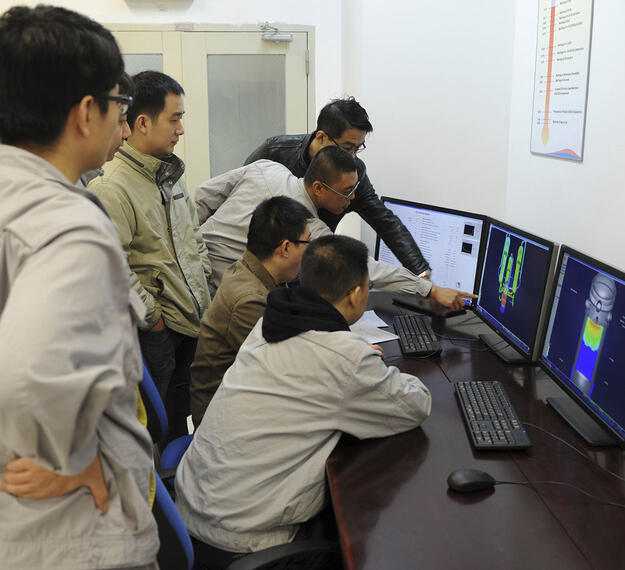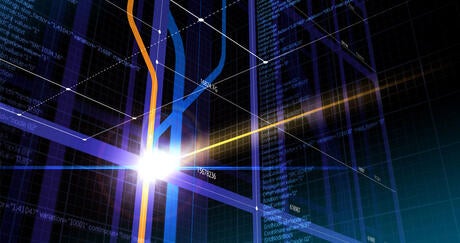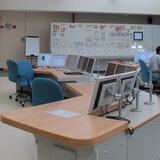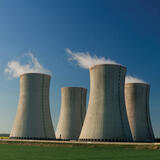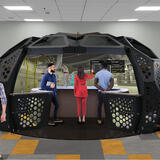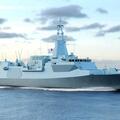

Due to events in Japan in the wake of the 11 March 2011 earthquake and tsunami, nuclear regulators now more closely scrutinize the capabilities of nuclear power plant operators to manage situations caused by beyond design basis and severe accidents. This close scrutiny requires that operators are trained in handling situations involving severe accidents, and that their training includes knowledge on and experience in performing recovery operations safely.
A severe accident can occur if a loss of fuel cooling is not mitigated in time. L3Harris' thermal-hydraulic model simulates various effects related to loss of cooling such as steam formation, core heat-up, fuel failure and hydrogen generation. However, the primary assumption in ANTHEM™ is that there is no change in the geometry of the fuel or the surrounding structures. This is also true for all other thermal-hydraulic models used for power plant simulation. If such conditions must be simulated, then additional codes are required. Therefore, for the purposes of simulation, a severe accident is defined as any initiating event whose evolution results in a change of geometry of the fuel or the surrounding structure.
Highly sophisticated computer codes have long existed to analyze plant designs. They are designed to be used in an off-line, stand-alone, non-continuous and non-real-time application. An example of such a design code is MAAP (Modular Accident Analysis Program). MAAP is an internationally recognized model used to analyze severe accidents and provided under license from EPRI. We support both MAAP4 and MAAP5. The code considers a number of processes that occur during severe accident conditions such as:
- Steam formation
- Core heat-up
- Cladding oxidation and H2 evolution
- Vessel failure
- Core debris-concrete interactions
- Ignitions of combustible gases
- Fluid entrainment by high-velocity gases
- Fission product releases transport and deposition
The plant systems included in the scope of MAAP models are:
- Reactor Coolant System
- Steam Generators and Main Steam Header
- Reactor Core
- Containment
- Spent Fuel Pool
While the models for these systems are sophisticated, they are designed specifically to simulate severe accident conditions. Other plant systems, such as core cooling systems, balance of plant systems and control systems, are treated as boundary conditions or functionally simulated. For this reason, MAAP is used for severe accident simulation and cannot be considered a model that can be used for all plant operations that are typically considered in a real-time simulator.
Implementation
L3Harris integrated the MAAP code directly within its Orchid simulation environment rather than treating it as a separate external application. Integration within the Orchid Simulator Executive removes the need for any communication software and ensures that MAAP is properly synchronized with other models in the simulator. Integration within the Orchid® database ensures that MAAP is transparently included within Orchid® Instructor Station initial conditions. Orchid Instructor Station is used to run the simulator with MAAP models for severe accident training or with the conventional models for non-severe accident training.
We adapt the MAAP application to control the time-step and ensure that it runs synchronously with the rest of the simulator model applications.
We also adapt MAAP to the simulated reference plant. This includes customization to the plant-specific data (particularly geometry) of the reference plant and replacement of boundary systems within MAAP with interfaces to the dynamic full scope simulator models. Adaptations by us to the MAAP code are kept to a minimum so that (a) the fidelity between the simulator and offline version of MAAP is ensured, (b) benchmarking the simulator version of MAAP against the offline version can be done easily, and (c) future upgrades of MAAP routines can be easily implemented on our simulators.
Simulators are also equipped with 2D and 3D animated, interactive visualizations of the reactor vessel, containment building and spent fuel pool to provide operators and engineers with additional insight into the behavior of the plant during severe accidents.
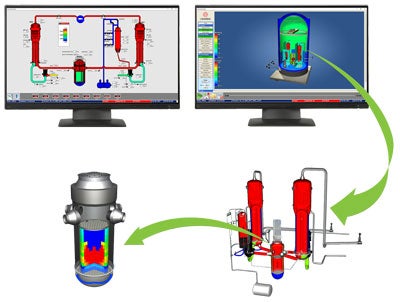
Benefits
- MAAP is widely accepted in the industry as an accurate analysis code in the area of severe accident analysis
- The integration of MAAP models in the simulator ensures that effective training can be provided to operators during severe accident conditions
- Emergency procedures can be developed and validated on the full scope simulator
- The simulator can be used for emergency planning drills
- Enhanced visualization makes it possible to truly comprehend the effects of severe accidents
MAAP is an Electric Power Research Institute (EPRI) software program that performs severe accident analysis for nuclear power plants, including assessments of core damage and radiological transport. A valid license to MAAP from EPRI for customer’s use of MAAP is required prior to a customer being able to use MAAP with Licensee’s simulator products. EPRI (www.epri.com) conducts research and development relating to the generation, delivery and use of electricity for the benefit of the public. An independent nonprofit organization, EPRI brings together its scientists and engineers as well as experts from academia and industry to help address challenges in electricity, including reliability, efficiency, health, safety and the environment. EPRI does not endorse any third-party products or services. Interested vendors may contact EPRI for a license to MAAP.
Related Solutions

Power Systems Resources
View the Resources
Certifications | L3Harris Montreal, Canada
LEARN MOREAffiliations
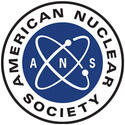


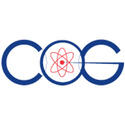



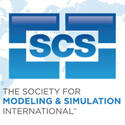
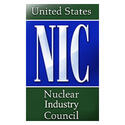

Related News

Editorial | 11. 19. 2025
Cracking the Code for Resilient, Secure Space-based Communications
L3Harris has achieved NSA Cybersecurity Directorate certification for its KSV-650. The certification represents the culmination of a multi-year development program as part of the Protected Tactical SATCOM (PTS) Space Hub Integrated Cryptographic Unit-Leading-Edge Development (SHIELD) program and continues L3Harris’ legacy of leadership in advancing secure communication technologies and protecting the nation from emerging cyber threats.
Contact Us

